Originally posted by: history_geek
Hi..
The illustrated manuscripts and paintings on display are part of an extensive collection of the British Library. Many of the works displayed here were commissioned by Mughal emperors and officials of that era.
This rare display is a must-watch for those keen on Mughal-era history.
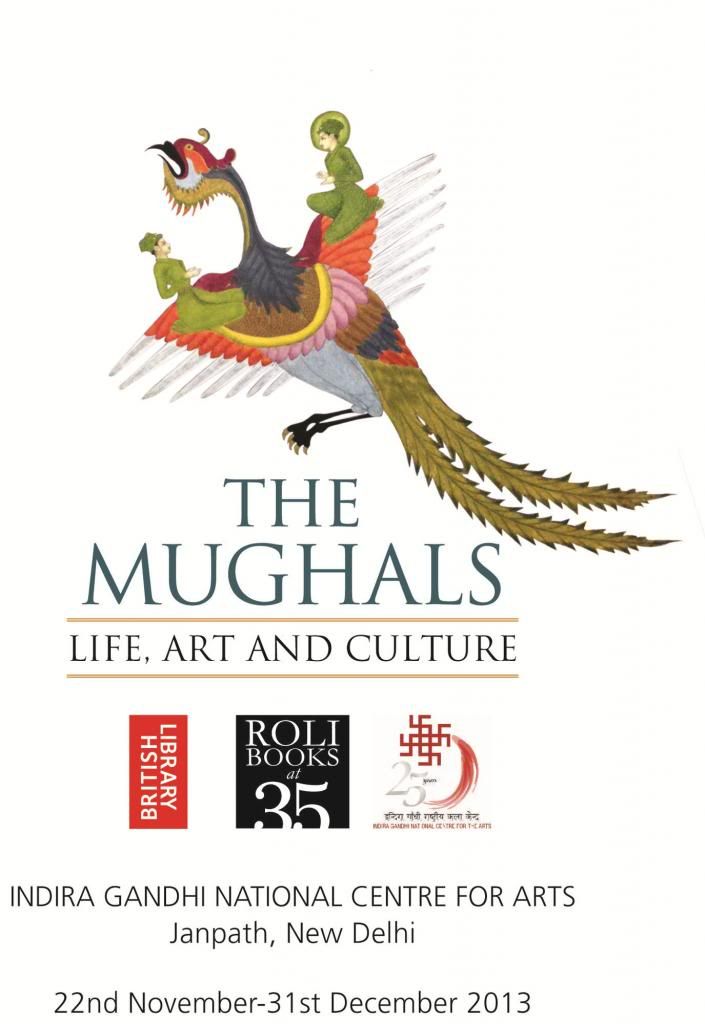
10:30 AM to 7 PM...
Entry Free
Also on display is what is perhaps the earliest Indian atlas, along with a few portraits and exquisite Mughal miniatures.
The artworks cover a variety of subjects -- scenes of courtly life, including hunting parties; works of literature that convey a message in a single, complex image; and Indian landscapes.
Many of these works have never been published until now.
Some of the rare exhibits on display include 'Notebook of Fragrance',
'Reminiscences of Imperial Delhi,
a route map from Delhi to Qandahar(Kandhar, presently in Afghanistan),
the earliest Indian atlas,
a map of Delhi,
and some of the most extraordinary portraits of the Mughal emperors(and royal ladies..!as well...!)😊.
Being in a library and not a museum, most of the objects are kept in storage and are rarely seen.
Also includes a copy of Nuskhah-yi Shah Jahani, Shah Jahan's recipe book. It has recipes for kebabs and samosas, this shows how Persian and Hindu styles of cooking melded together in the imperial kitchen.
"
Rare manuscripts, maps and paintings are displayed in the show that spans the entire arc of the Mughal Empire-from Babur's victory over the Sultan of Delhi in the Battle of Panipat in 1526 to 1858 when the emperor and poet Bahadur Shah II was exiled to Burma.
The show gives a wider story of Mughal culture-from science and poetry to politics and daily life. There are books on mathematics, astronomy and a very early atlas. These highlight contributions of scientists of that time.
MAJOR ATTRACTION-->> a 5m-long panorama of Delhi made in 1846 by Mazhar Ali. Large parts of the idyllic green city, as seen from Red Fort, were destroyed in the 1857 uprising. This is the ONLY picture of Delhi before the destruction in 1857..
Helpless in stopping the destruction, Bahadur Shah Zafar, the last Mughal emperor of Delhi, expressed his sadness through verse..."Delhi was once a paradise, Where love held sway and reigned; But its charm lies ravished now, And only ruins remain."
Fusion went from food to faith during Akbar's reign.
The exhibition has a rare illustrated manuscript of the translation of the Mahabharata commissioned in Persian by Akbar. Called the Razmnama-the Book of Battles-the translation was ordered in 1582 to make the epic widely accessible. It was a collaborative project between Hindu and Muslim scholars.
Among other gems is one that shows the festival of Holi in gorgeous red and yellows😃, and the portrait of Emperor celebrating Diwali..😃.
Also,a beautifully illustrated pigeon-fancier's manual is on display.
BTW:--->>> I tell you about a game which the emperor used to play called - Kabutarbaazi (Bird Hunt.!!)😆.with royal ladies. and Aankh Micholi (Blind Man game)😉.
(i found very LESS information on this, Even, he got pavillions constructed in the palaces of his queen, where used to play such games.If anyone has visited Fatehpur Sikri palace and seen the palace in DETAIL, he/she must be knowing it.😆.
Anyways, if don't know, i have a brief info. will discuss in future posts..😆..It's exposes a very different side of him...)
"

The infant Akbar recognizes his mother at Kabul in 1545.

Fireworks...Festival of Diwali...
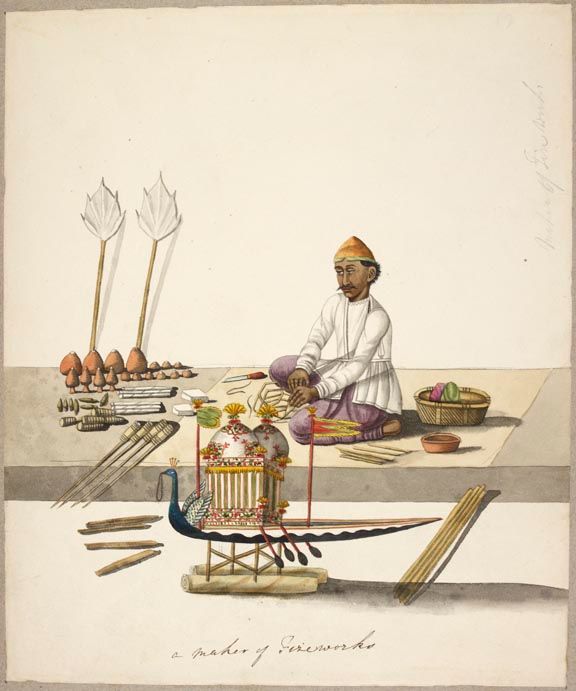
A person making fireworks..
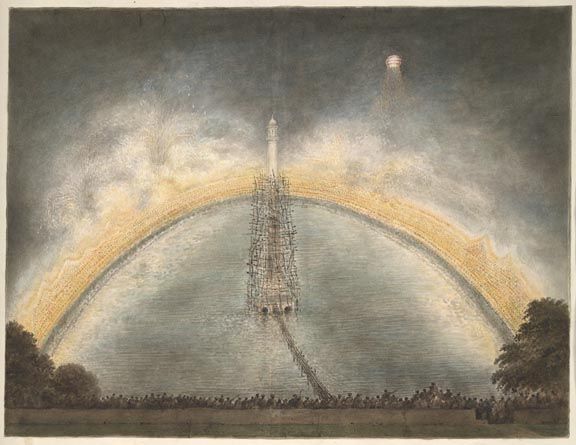
Fireworks in Sky...
The exhibition ends with the only known photograph of Bahadur Shah Zafar in May 1858, which shows a wan-looking emperor reclining on a charpoy.
They have NOT brought the originals...But thanks to technology, one can still get surprised by the exquisite details packed into a few square inches of painted parchment.














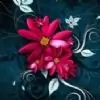














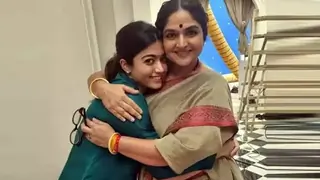


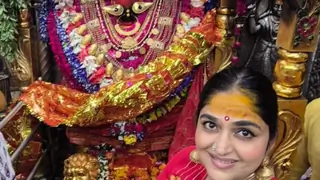

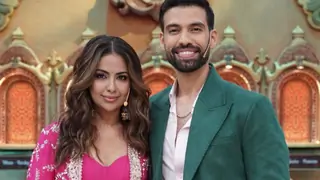

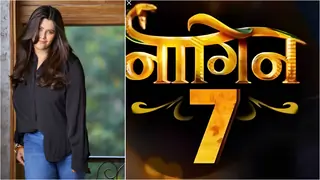

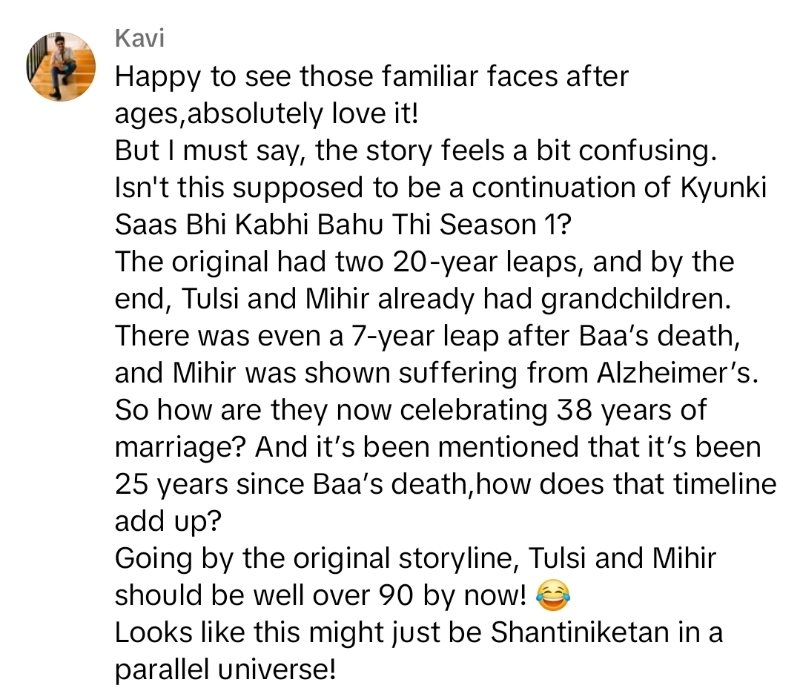


999